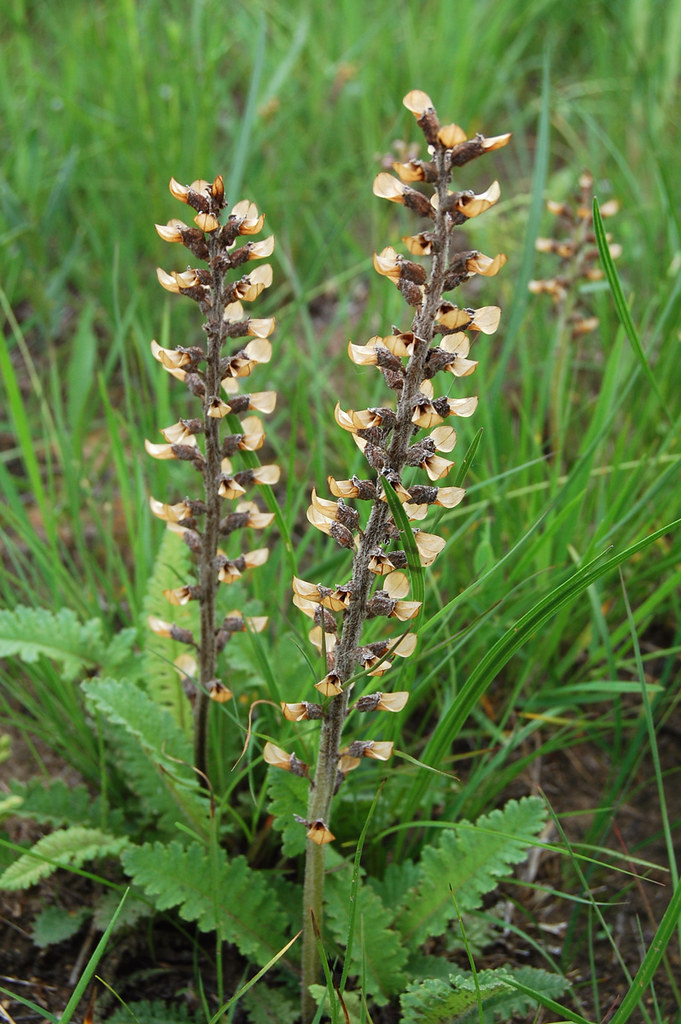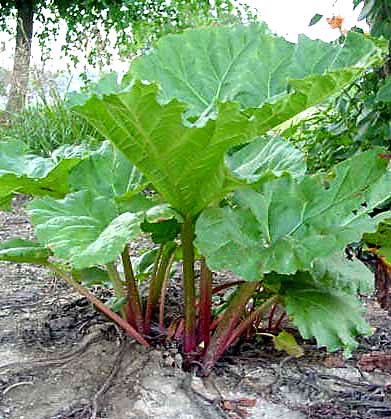Botanical Description:
Scientific Name: Iris versicolor
Family: Iridaceae
Common Names: Blue Flag, Harlequin Blueflag
Description: Blue Flag is a perennial herb native to North America, recognized for its vibrant blue to violet flowers and sword-shaped leaves. The plant typically reaches a height of 2 to 3 feet. The leaves are long and narrow, resembling blades, and are arranged in a fan-like fashion. The striking flowers have six petals, three outer sepals, and three inner petals with distinctive markings. Blue Flag produces a rhizome that is traditionally used in herbal medicine.
Disclaimer:
This Materia Medica is provided for informational purposes only and should not replace professional medical advice. Please consult with a qualified healthcare practitioner or herbalist before using any herbal remedies.
Therapeutic Actions:
- Alterative: Blue Flag is considered an alterative, supporting the body in eliminating waste and promoting overall detoxification.
- Cathartic: The herb has cathartic properties, promoting bowel movements and aiding in the removal of toxins from the digestive system.
- Diuretic: Blue Flag acts as a diuretic, increasing urine production and supporting the elimination of excess fluids and toxins.
- Anti-inflammatory: It exhibits mild anti-inflammatory effects, potentially beneficial in conditions involving inflammation.
- Antioxidant: Blue Flag contains constituents with antioxidant properties, supporting the body’s defense against oxidative stress.
Constituents:
- Iridoids: Blue Flag contains iridoids, including irisin, which contribute to its therapeutic actions.
- Resins: Resins found in Blue Flag may play a role in its cathartic and detoxifying effects.
- Tannins: Tannins provide astringency and may contribute to the herb’s anti-inflammatory properties.
- Volatile Oils: The presence of volatile oils may contribute to Blue Flag’s diuretic effects.
Traditional Uses:
- Liver and Skin Conditions: Blue Flag is traditionally used as an alterative to support the liver and address skin conditions associated with systemic toxicity.
- Constipation: The herb’s cathartic properties make it valuable in addressing constipation and promoting regular bowel movements.
- Fluid Retention: Blue Flag’s diuretic effects are traditionally employed to address conditions of fluid retention and edema.
- Rheumatism and Arthritis: The anti-inflammatory properties of Blue Flag may be beneficial in managing rheumatic conditions and arthritis.
- Detoxification Support: Blue Flag is used in detoxification protocols to support the elimination of toxins from the body.
Dosage and Preparation:
- Tincture: Blue Flag tinctures are commonly available. Dosages should be followed as per product recommendations or herbalist advice.
- Decoction: Prepare a decoction by simmering 1-2 teaspoons of dried Blue Flag rhizome in water for 15-20 minutes. Drink up to three times a day.
- Topical Applications: Blue Flag can be used topically in poultices or creams for skin conditions. Follow specific instructions from a qualified herbalist.
- Detoxification Protocols: Blue Flag may be included in detoxification protocols, and dosages should be guided by a qualified healthcare practitioner.
Cautions and Considerations:
- Toxicity: Blue Flag is toxic in high doses. Use under the guidance of a qualified healthcare practitioner and avoid self-prescription.
- Pregnancy and Lactation: Due to its potential toxicity, Blue Flag should be avoided during pregnancy and lactation.
- Gastrointestinal Sensitivity: Some individuals may experience gastrointestinal irritation with Blue Flag. Discontinue use if adverse reactions occur.
- Contraindications: Blue Flag is contraindicated in certain medical conditions, including intestinal obstructions and inflammation.
Conclusion:
Blue Flag, with its alterative, cathartic, and diuretic properties, has a long history of use in traditional herbal medicine. However, its potential toxicity underscores the importance of cautious and informed use. The herb’s ability to support detoxification processes and address various conditions makes it a valuable addition to certain therapeutic protocols. As with any potent herb, seeking guidance from a qualified healthcare practitioner is essential for safe and effective usage.






